The roadside vegetation didn't look particularly like that I'd found spectabilis in and I didn't really expect to see any cycads for the first few km. I didn't. Eventually however I came to some very different vegetation, open, dry eucalypt forest typified by this monster.
Dear reader, I'm embarassed to say that being torchless I didn't check that cavernous hole for beasties.
A short while after that I spotted them clumped in the verge. Beautiful upright emergent little cycads.
A quick check of theleaflets for those telltale serrations and......
We have a winner! Hello Bowenia "Tinaroo", nice to make your acquaintance. There were many plants on the roadside and they were very varied. Some had been heavily chewed by something, some had horrible old fronds well past their sell by dates whilst others were a lush healthy green
Some were pushing new fronds.
So what is it? Well that picture above of the leaflets is rather misleading. That was a very extreme example.
The above for example is far less extreme. They do seem to be noticably different, the plant's shape was different, the habitat was slightly different, the leaves were different and yet, not very different. The differences were variable and as such I think it's probably a genetic variant within the overall population of B. spectabilis like different regional colour morphs of the same snake species. I'd note for example that plants I saw much further north also showed some differences in stature, leaflet shape and so on but no-one has suggested these are different. Maybe some collectors would prefer Tinaroo to have species status and maybe further examination will grant it. I honestly don't know. What I do know is it is recognisably different and worthy of acknowledgment as such somehow. I also know I'm tremendously glad I sought it out, species or not.
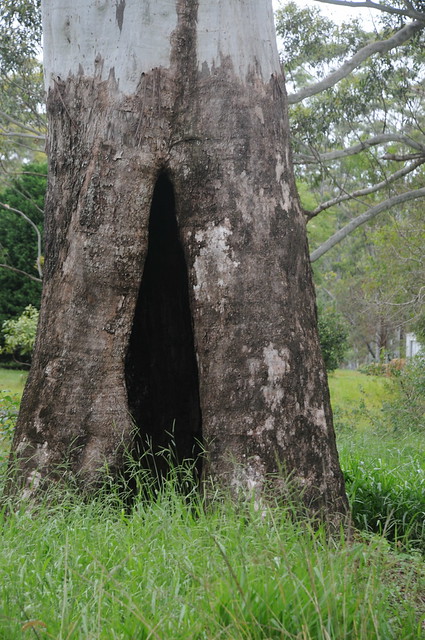
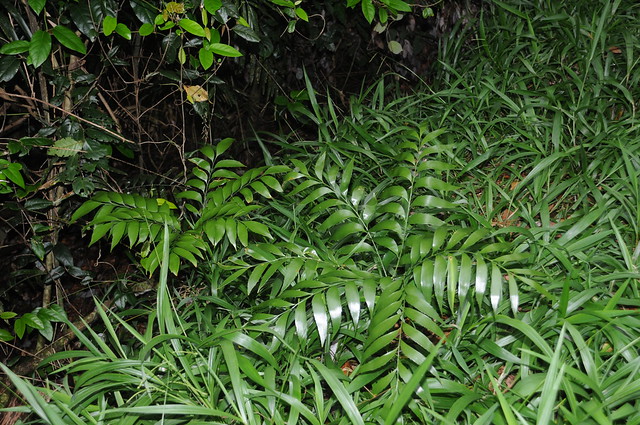

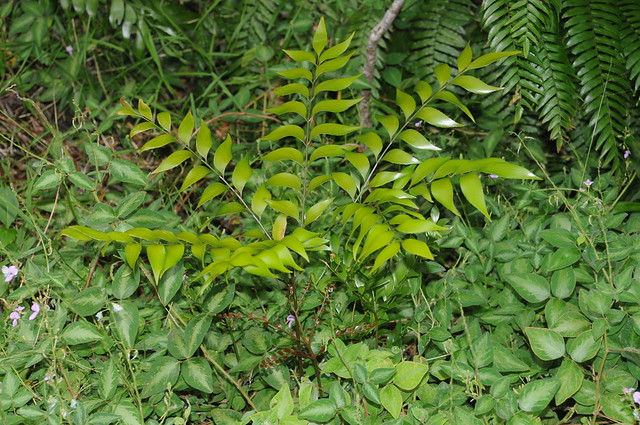
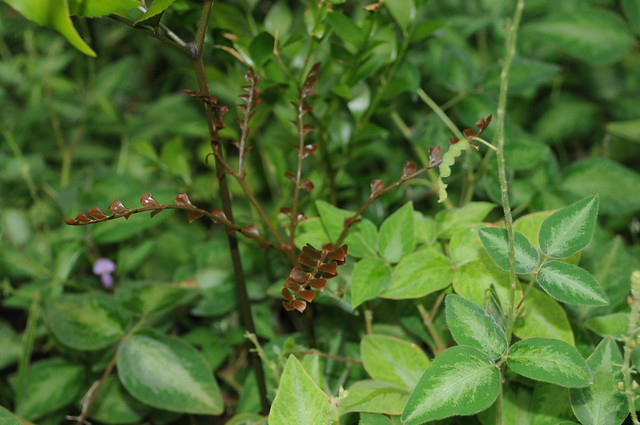
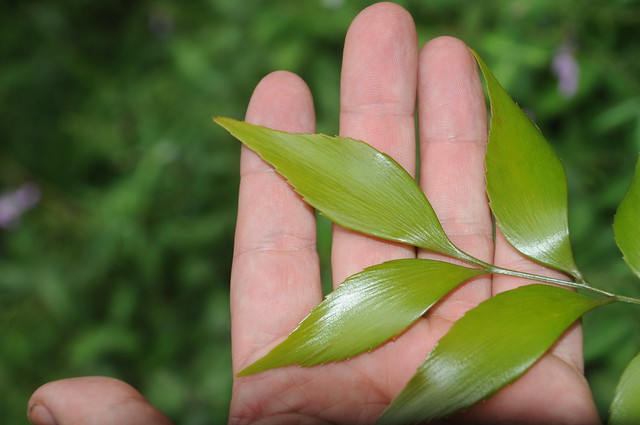
No comments:
Post a Comment